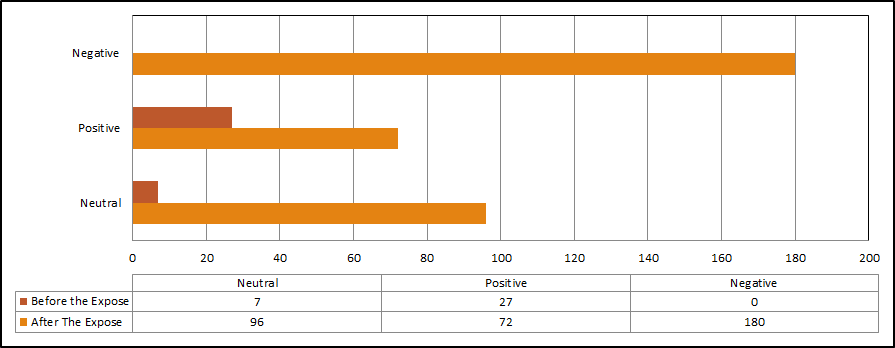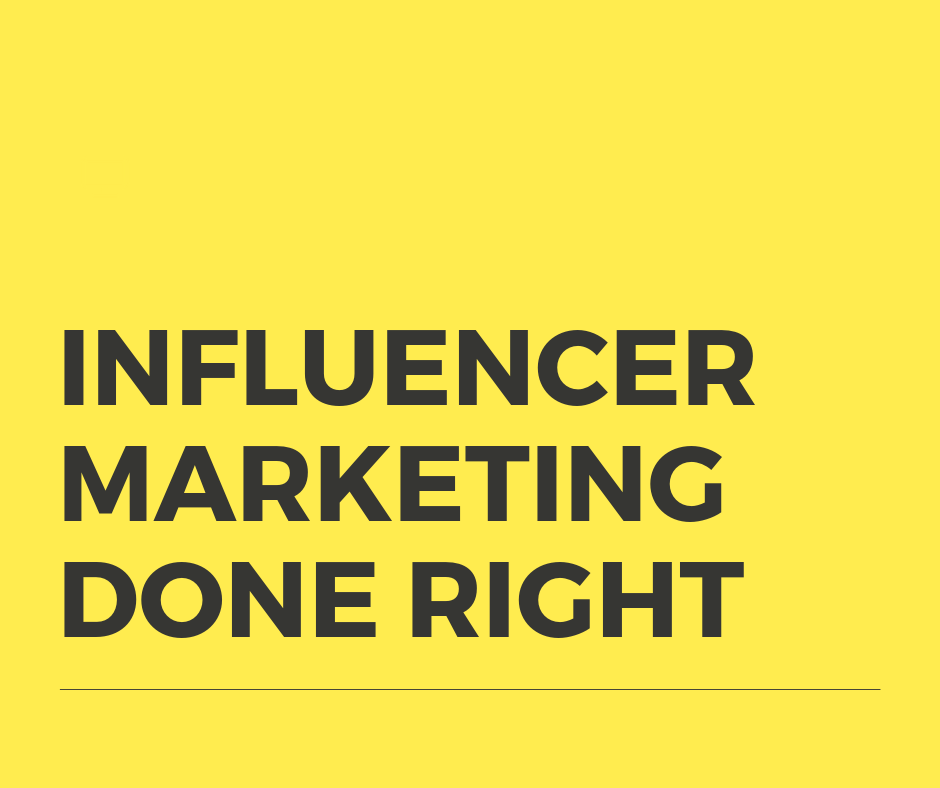Maggi’s loyal fan base might help it make a comeback
What has played out for brand Maggi in India is the last few weeks is a brand manager’s nightmare. Maggi samples were found to have high lead and MSG content and the product had to be recalled – a first in the Indian packaged food industry. High proportion of negative press and TV, and the sentiment being amplified on social platforms. It is clear that an irreparable dent has been dealt. Using our Reputation Management technology, ReputePro, we dug deeper into the damage rendered to the brand and what insights could be drawn from the data.
The silver lining in all of the chaos of the buzz around the brand is that it has a very strong fan following. Those fans who are not the “fair weather friends” but are standing up with the brand during this turmoil. In fact, over the past few weeks, the positive sentiments have surged more than the negative!
Kudos to what the brand has achieved through the amazing campaigns, both on TV and social! There are a set of ardent fans who are still standing behind the brand, wanting the brand to come back. With such a fan base, it is very likely that Maggi will be up and running strong. However, one cannot dismiss the damage done. Here are a few charts which show how the sentiment shift happened, pre and post the controversy.
Maggi’s facebook fans have backed the brand with fervor!
The chart below shows how the social media sentiment movements happened. As one would imagine, pre-controversy, positive brand campaigns, contests (such as the song release by Shankar Mahadevan) would help get positive sentiment spikes.

The controversy broke out in mainstream press on the 19th of May, 2015. An immediate up-surge in negative comments is visible. The surprising fact is that there was an uptick in the positive sentiment as well. Clear message that the controversy separated the emotionally attached fans of the brand with those who are more rational and objective.
One attribute of social is the virality, which is seen towards 30th May. A hockey stick jump in volumes of negative comments is visible. These negative comments seem to have spurred the ‘emotional fans’ and immediately an upsurge in the positive comments is seen. Clearly, the brand has something going for it binding the fans with an emotional chord so strong that the controversy has not undone their faith.
Twitter – The same phenomenon, but influencers swayed the negative sentiment more
The twitter buzz has shifted considerably towards the negative. That is to be expected. Influencers on twitter which includes media channel handles, journalists, policy makers have reported and expressed negative news and those have outpaced the positive sentiments. The chart below, does a before-after summary of tweets. Expectedly, the negative tweets grew from none to high numbers.

The chart above shows how the buzz shifted from positive keywords and campaign hashtags to “Lead”, “MSG”, “Ban”, “Withdrawal”.
The bright side for the brand is that positive comments also saw a significant 3x increase. The negatives were largely from influencers who amplified the negative sentiment, and might not reflect the consumer sentiment directly.

The neutral comments are in fact, questions, jokes and tweets which just tried to ride the wave on Maggi related hashtags. In comparison to facebook, twitter had more independent or rationale audience who swayed the sentiment to negative.
What happens next? Where does the brand go from here?
Undoubtedly, considerable damage has been done and the brand’s image has been roiled. What the social media buzz does not reflect are the negative fears of the Indian homemaker who is the biggest purchase driver for the brand. Maggi would need to counter this with facts, third party validation for safety and come up with the best PR strategy it might have. Social media and the brands’ loyal fans will take charge from there!





